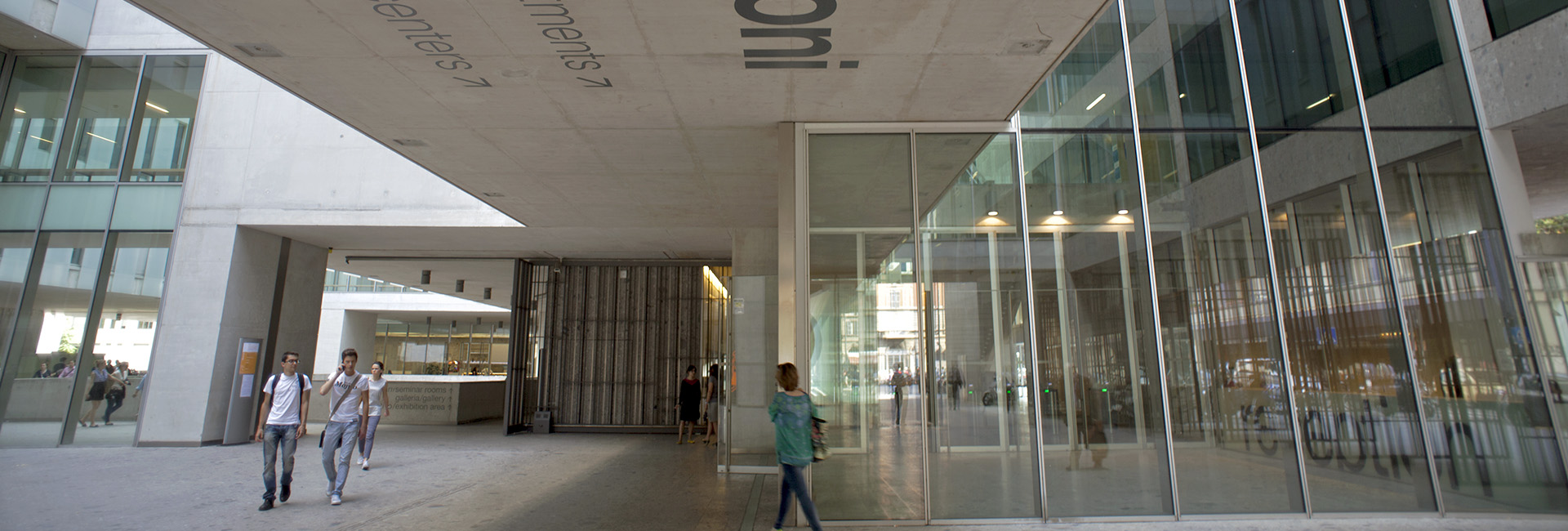6166 - ECONOMICS (POVERTY, INEQUALITY AND INCOME DISTRIBUTION)
CLEAM - CLES - CLEF - BIEM - CLEACC
Course taught in English
Go to class group/s: 31
RENATA LENTI
The course aims at analyzing the multifaceted aspects of inequality and poverty in developed and developing countries and to draw policy implications from these findings. The focus is on clarifying concepts and measures, capturing trends and understanding the causal processes back and forth to the economy. From the inequality perspective the analysis is concentrated on the distribution of income among households. Poverty, instead, is defined not only in the income/consumption space, but also in the "functioning" space, in relationship to the satisfaction of some basic need as health and nutrition.
I) Concepts and theories of inequality and poverty:
-
Theories of income distribution.
-
Theories of justice; The Sen’s approach.
-
Inequality, Poverty, Deprivation and Social exclusion.
II) Measurement of inequality and poverty in theunidimensional and multidimensional space:
-
Positive and normative measures of inequality (the Gini index, the Atkinson index, the generalized Entropy indices) and complete ordering (the Lorenz curve).
Measurement of poverty (equivalences scales, units, poverty lines).
-
Multidimensional measurement of poverty and welfare .
III) Income inequality in:
-
OECD countries and Italy.
-
Developing countries.
IV) Poverty and policies contrasting poverty in a global context:
-
Empowerment, Human Development and Human Poverty Index.
-
Pro-poor policies. Food security, nutrition policy and sustainability.
The assessment will be written. No difference between attending and not attending students. The exam can be taken in two steps: the midterm during the semester and the final during the January or February sessions. The content of the midterm will be announced to students before the date of the exam. Students can have a look at corrected exams before the registration.
A computer laboratory session with STATA will be offered during the semester where students will be trained on the computation of poverty and inequality indexes. A lecture from a visiting scholar will be held.
-
Chakravarty, S.R., Inequality, Polarization and Poverty. Advances in Distributional Analysis, Springer, 2009, cap. 1, 2, 3, 6.
-
Salverda W., Nolan B., Smeeding T., The Oxford Handbook of Economics Inequality, Oxford University Press, 2010, cap. 1, 2, 3, 4, 5, 13.
A list of other references and lecture notes will be posted on the learning space.
No specific prerequisites are required but basic knowledge of microeconomics, macroeconomic and statistics. The course is mainly addressed toward students who plan to enrol in the Master of Science. Some of the content of the course will be taught in Master of Science courses as Public Economics (20271).





